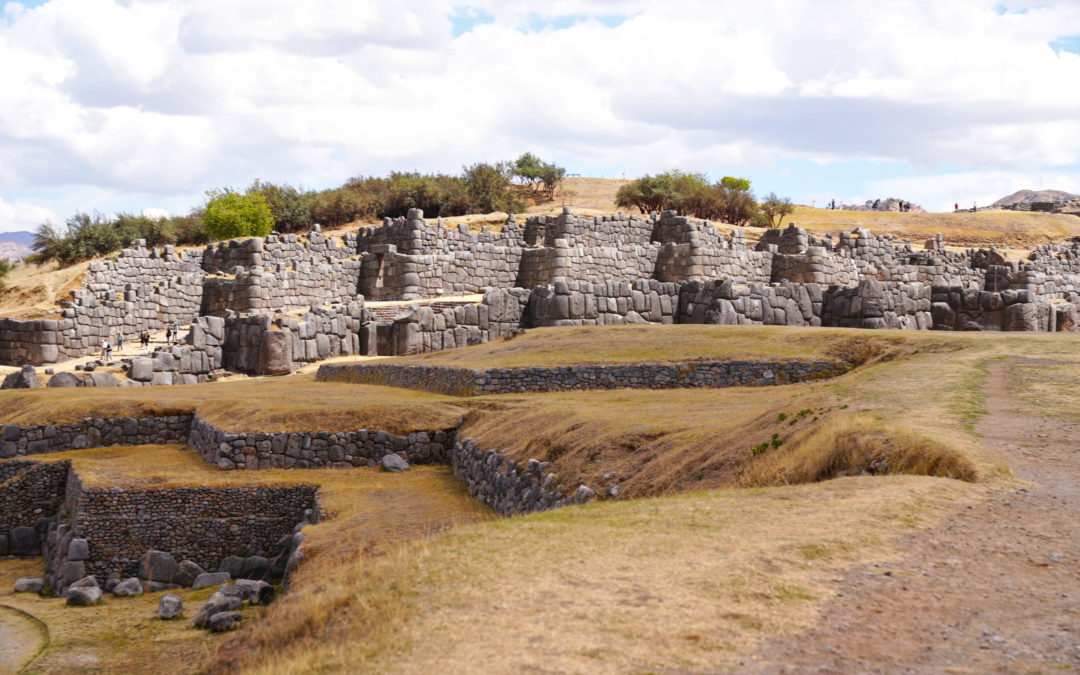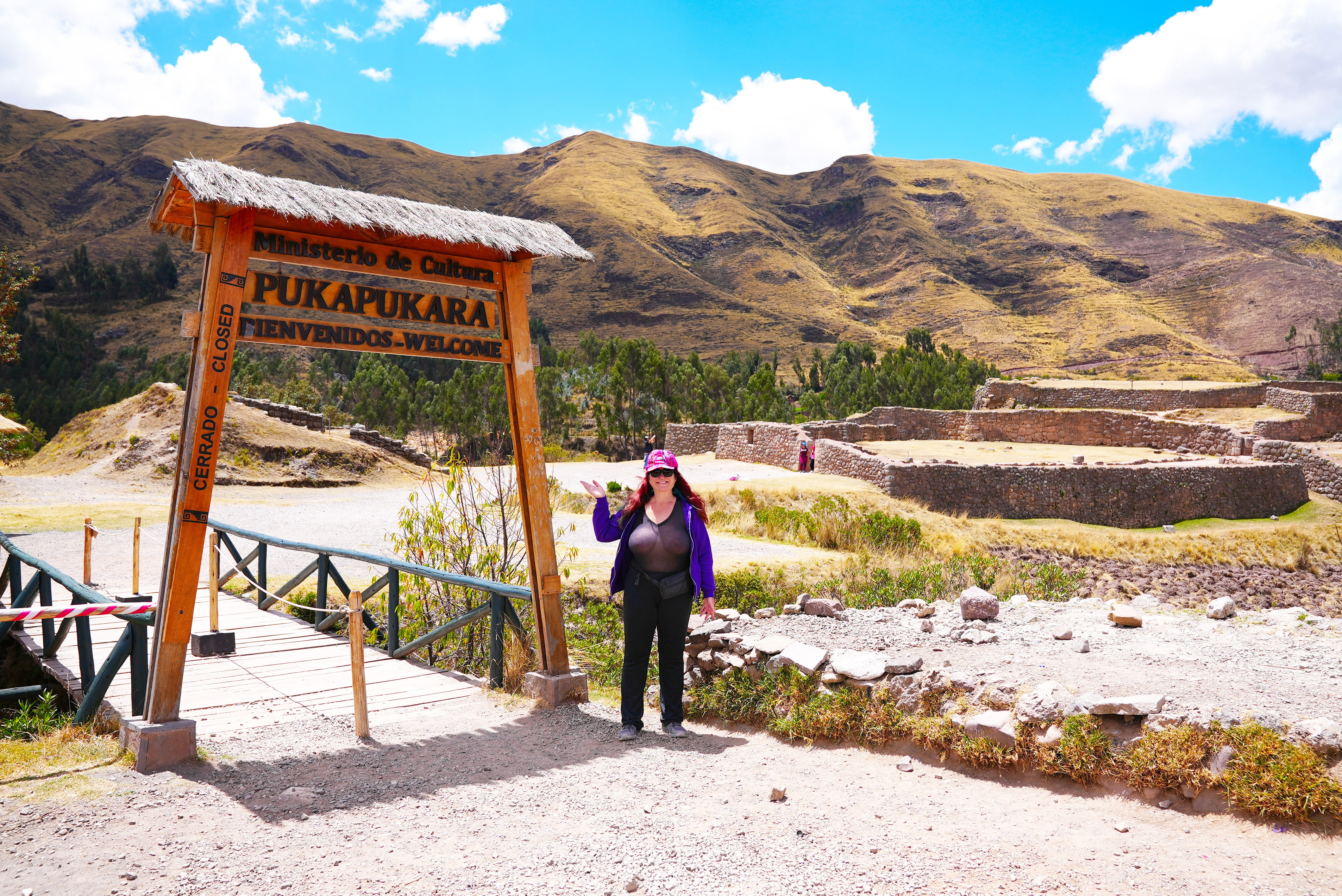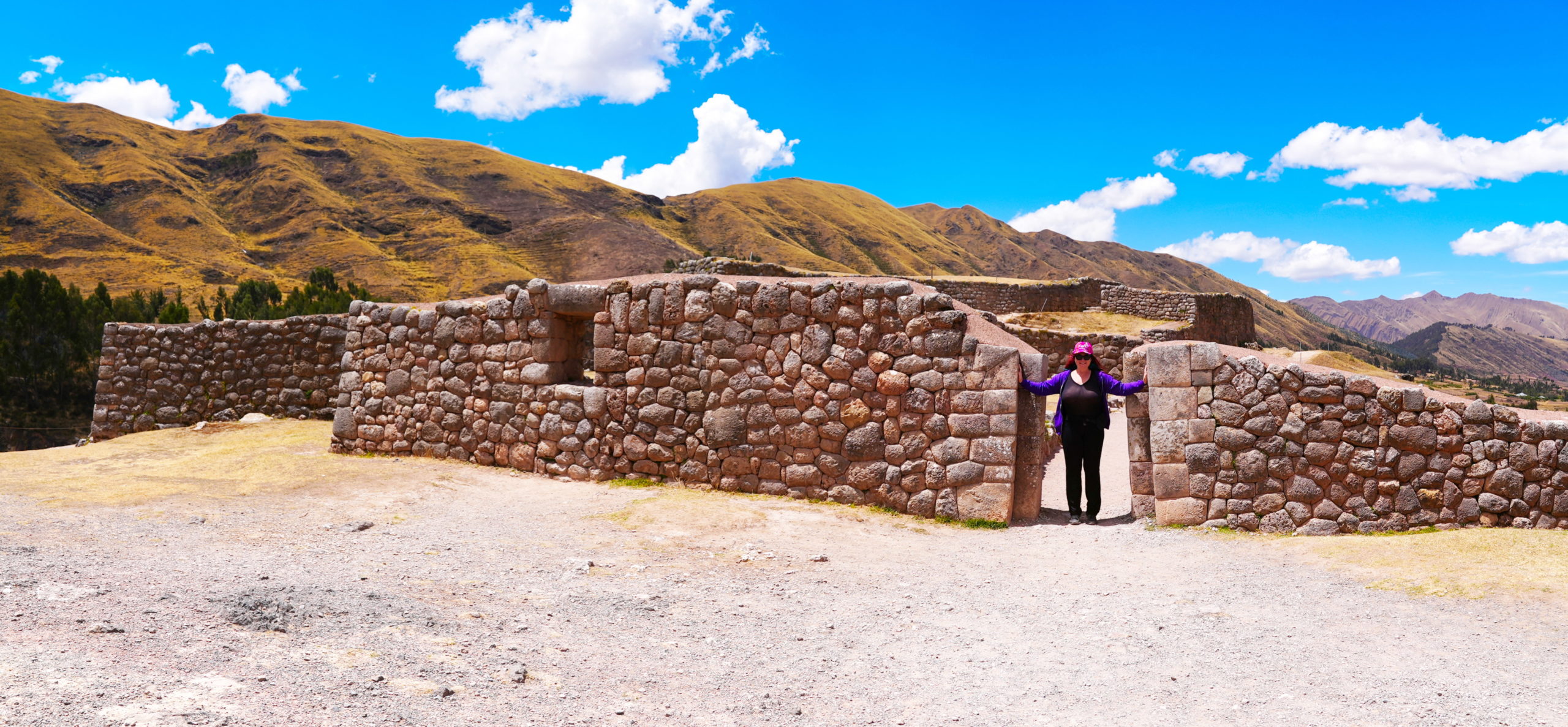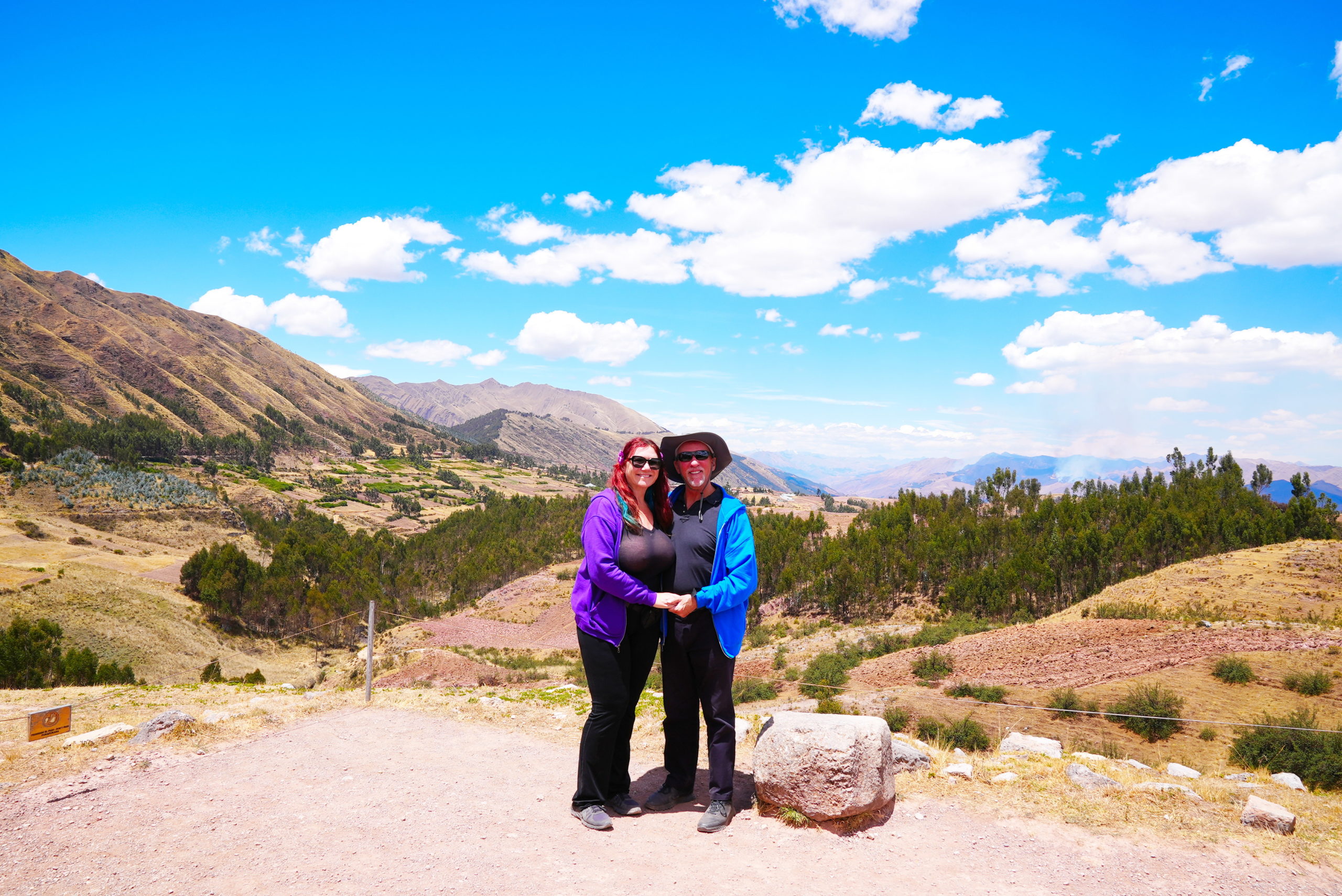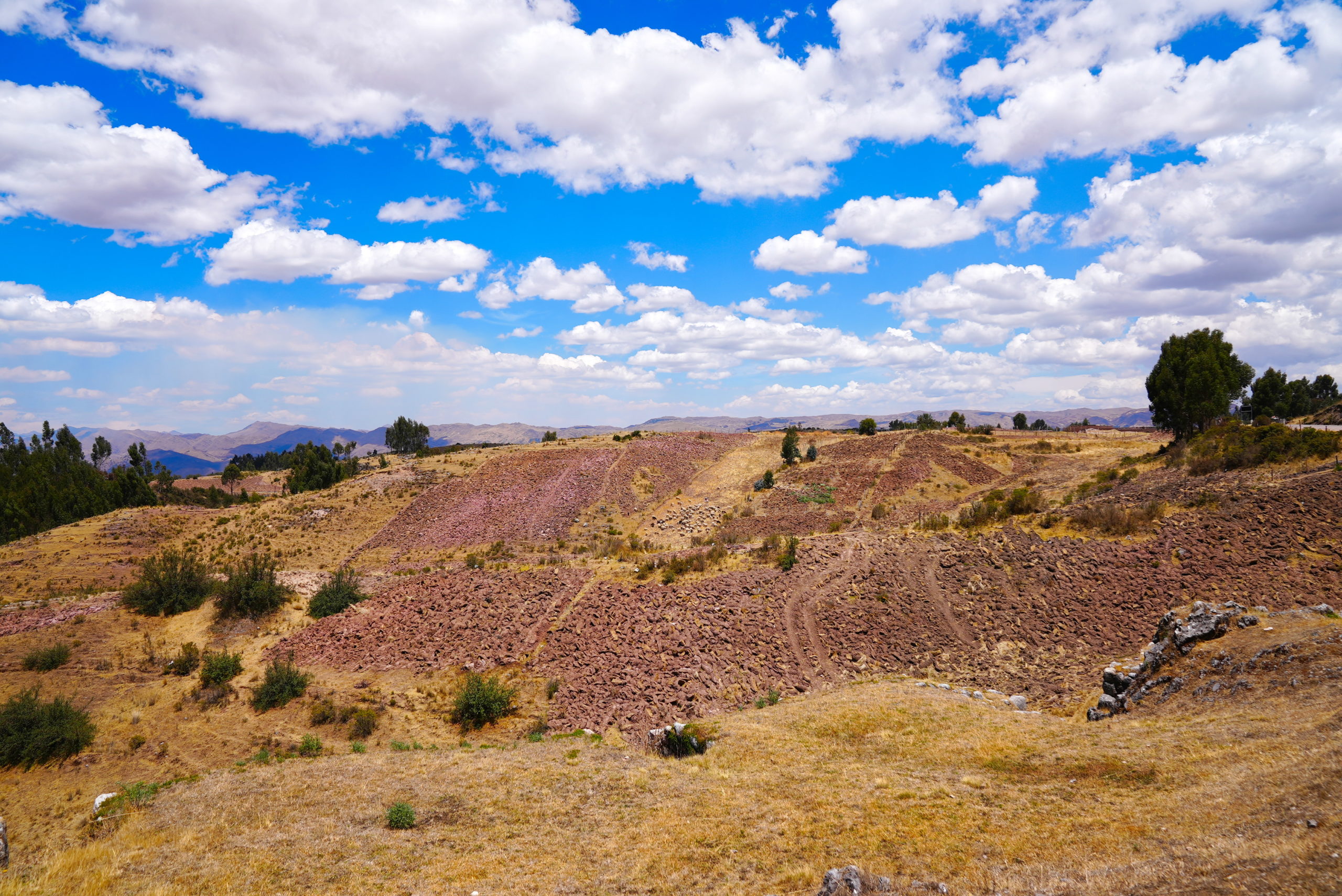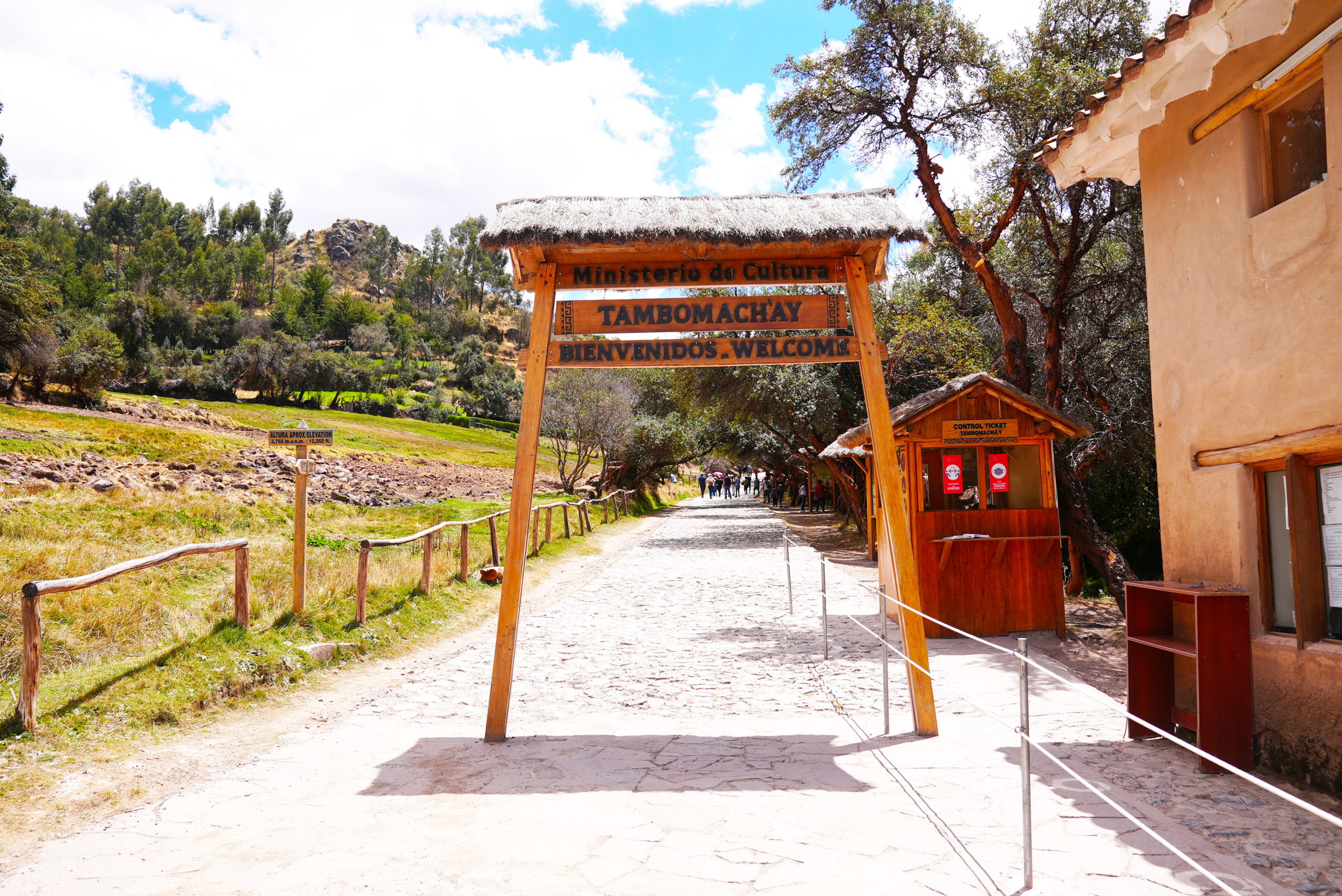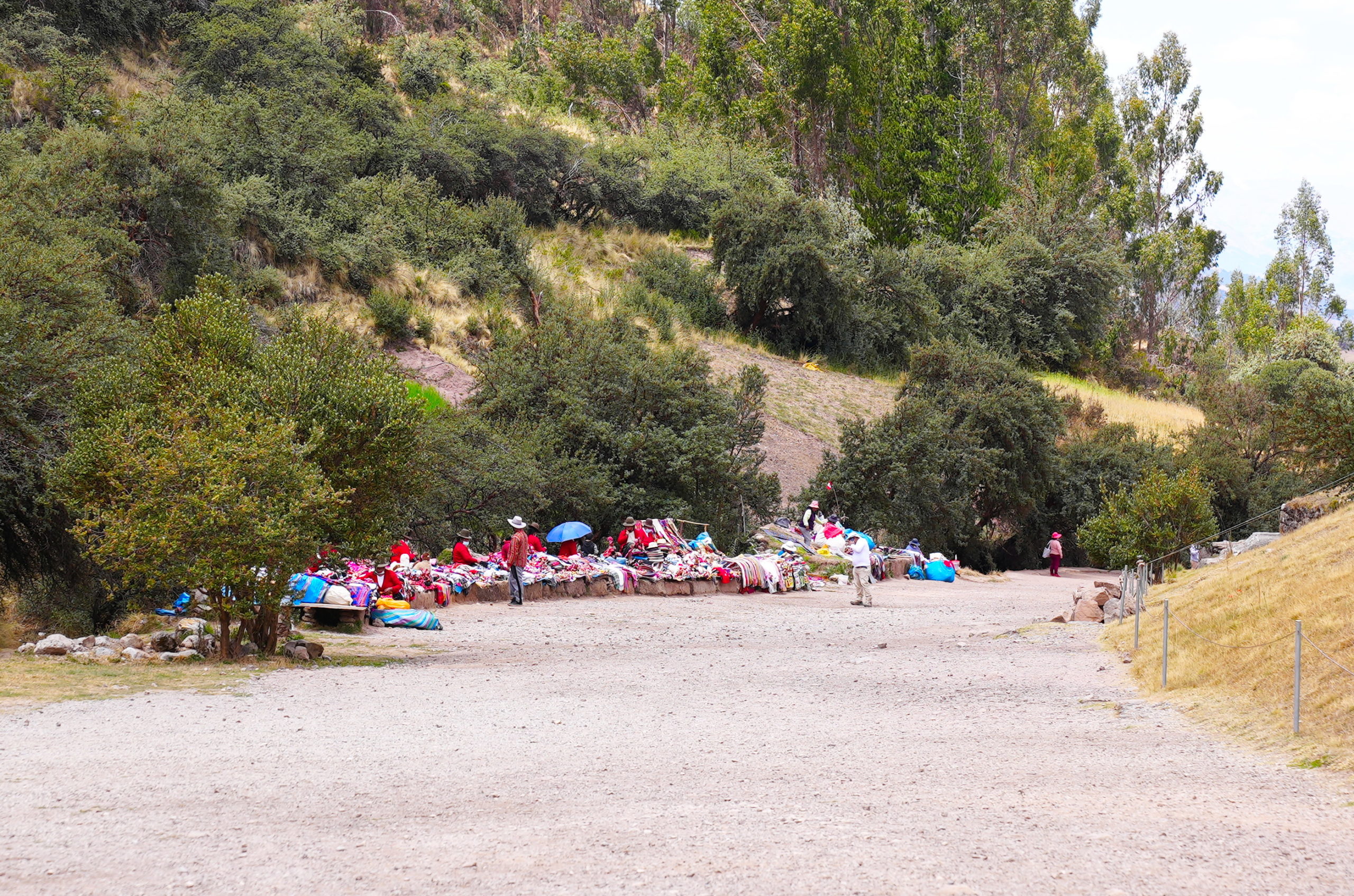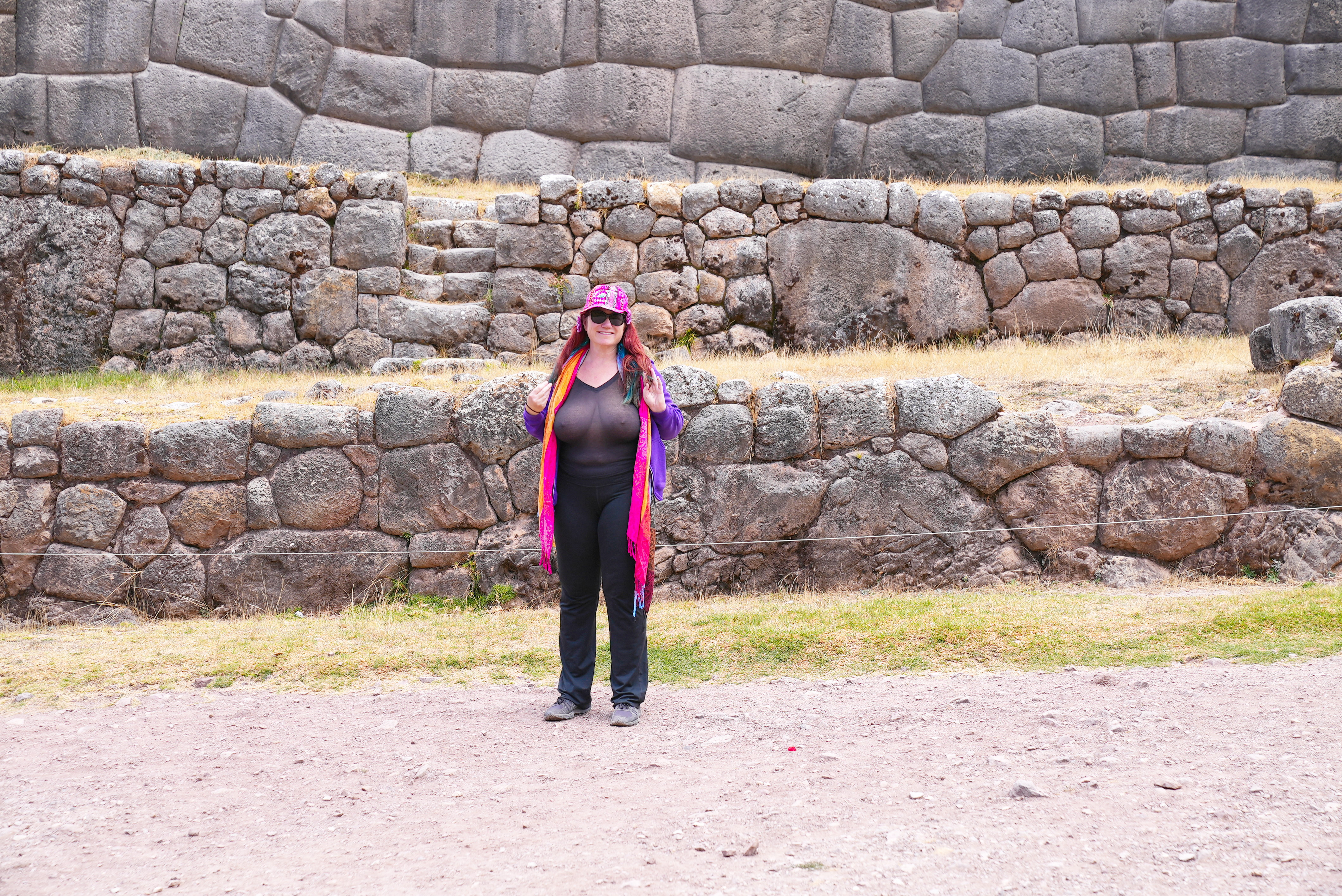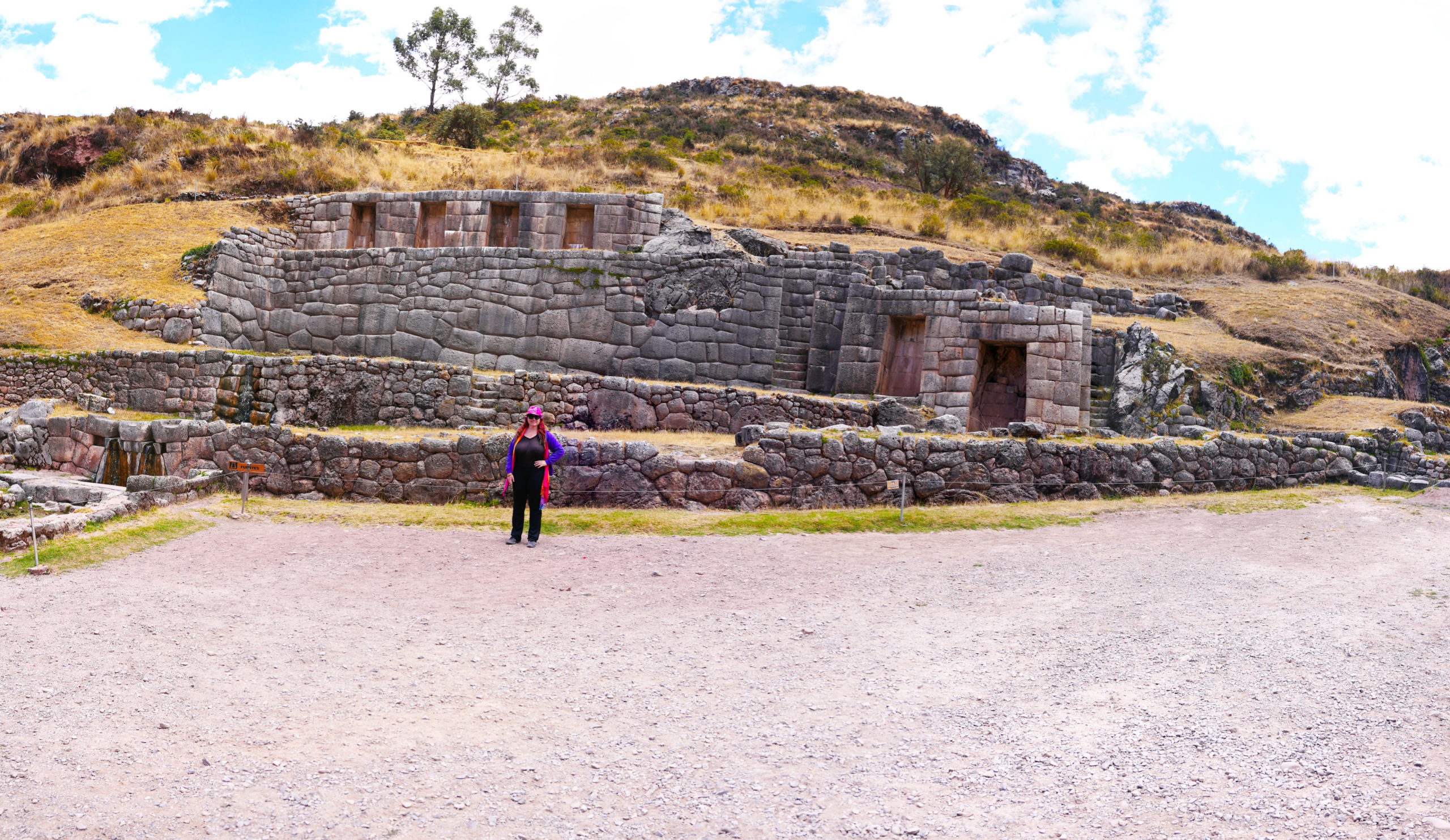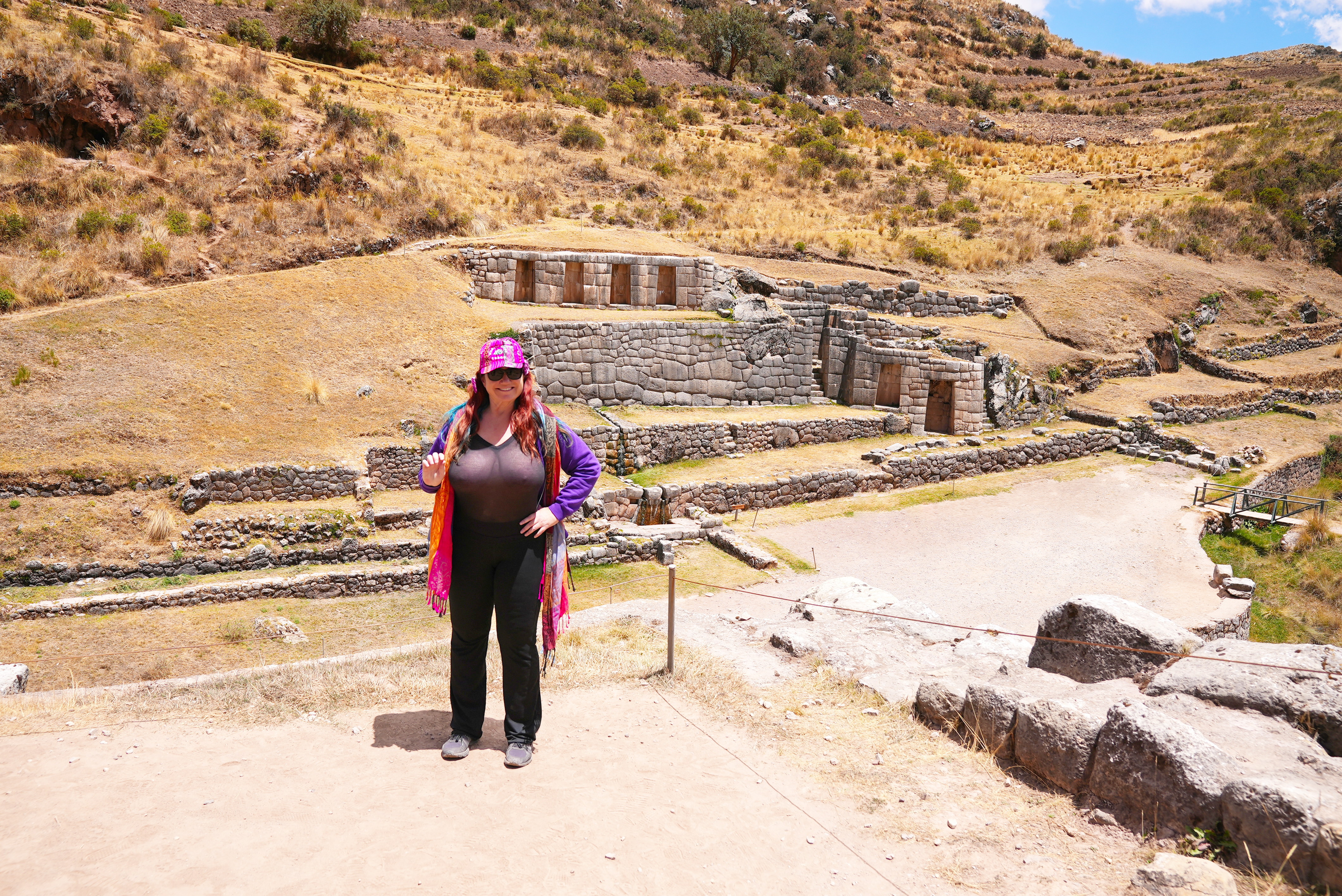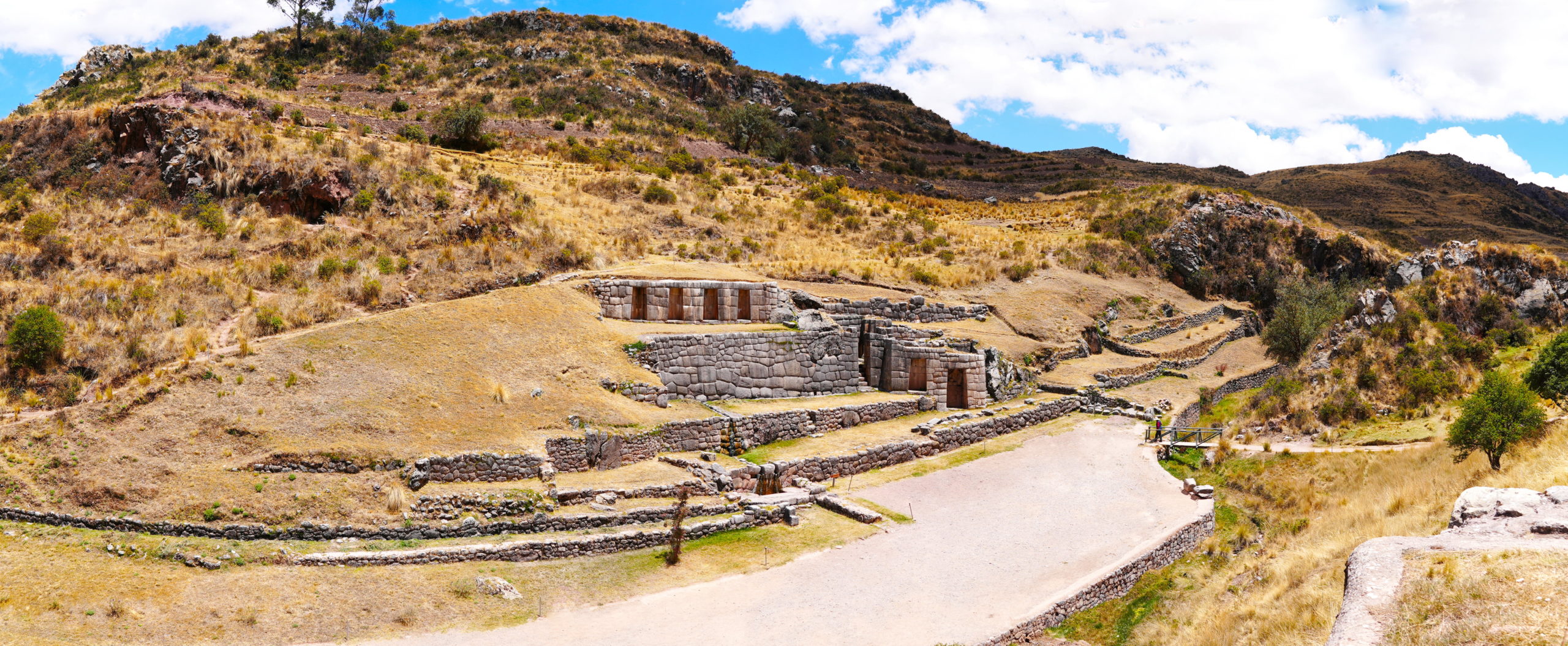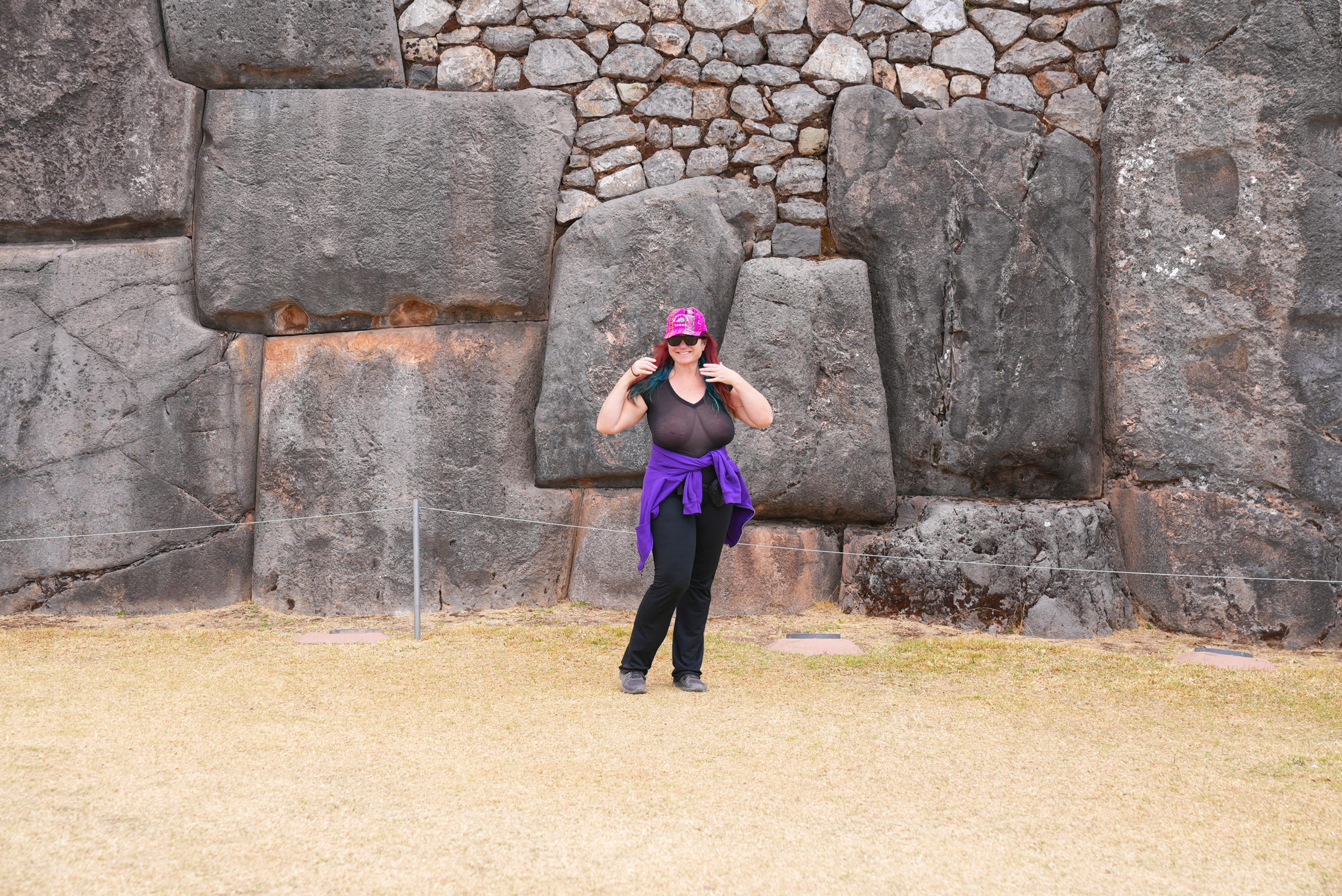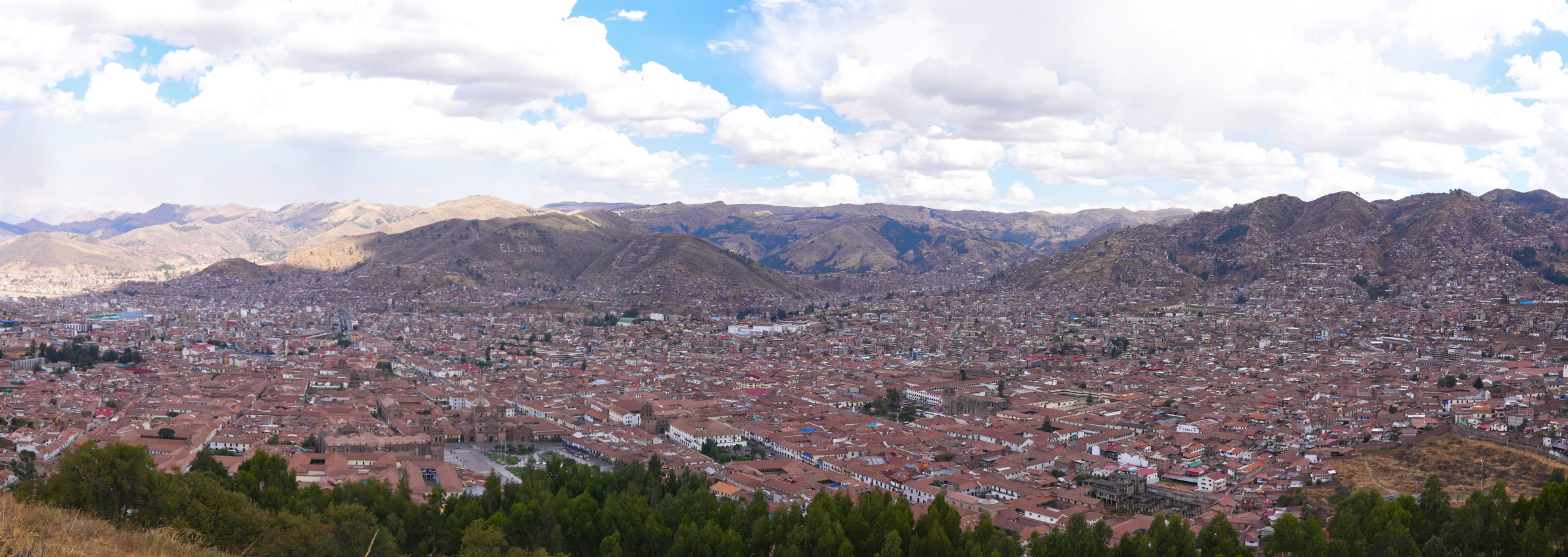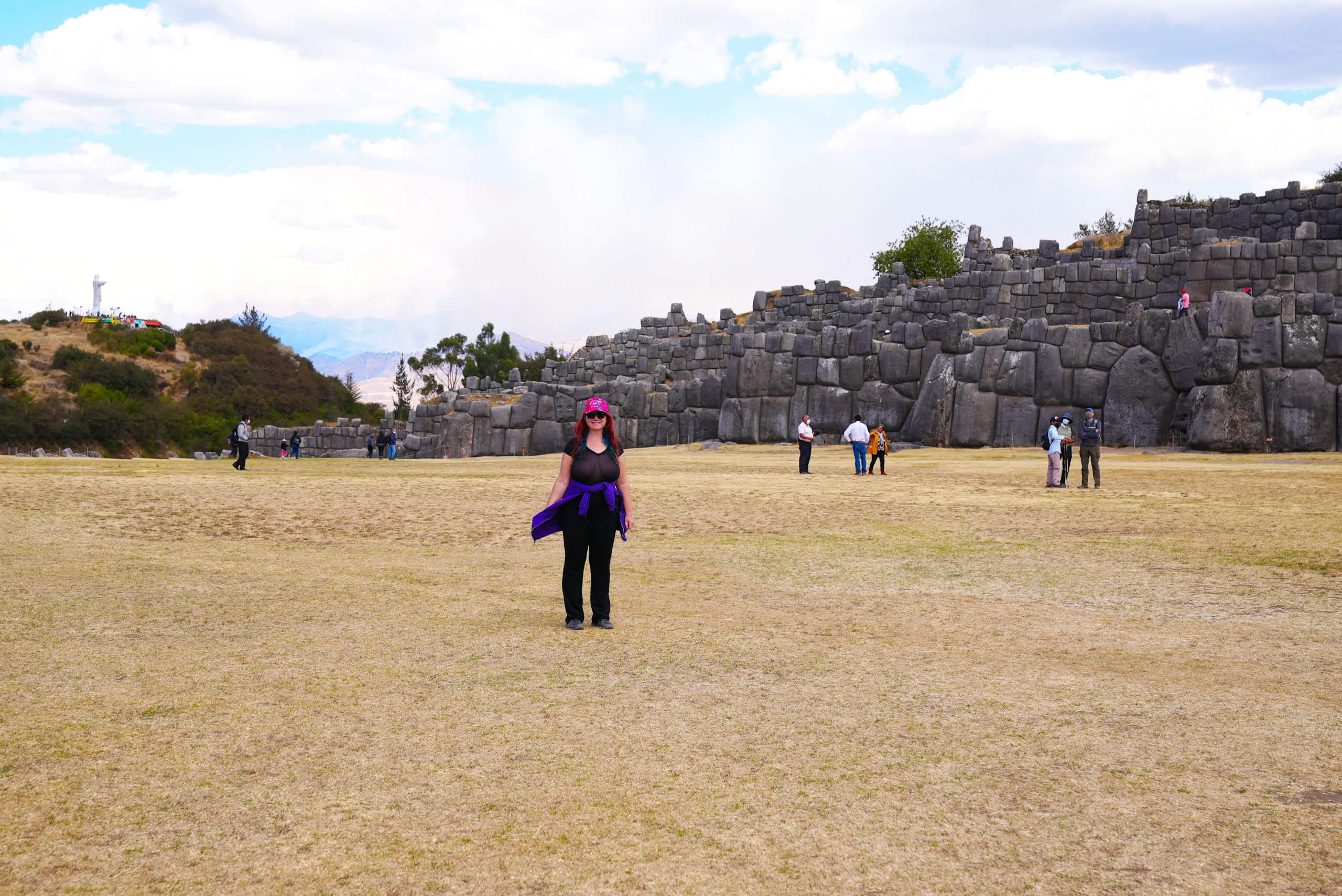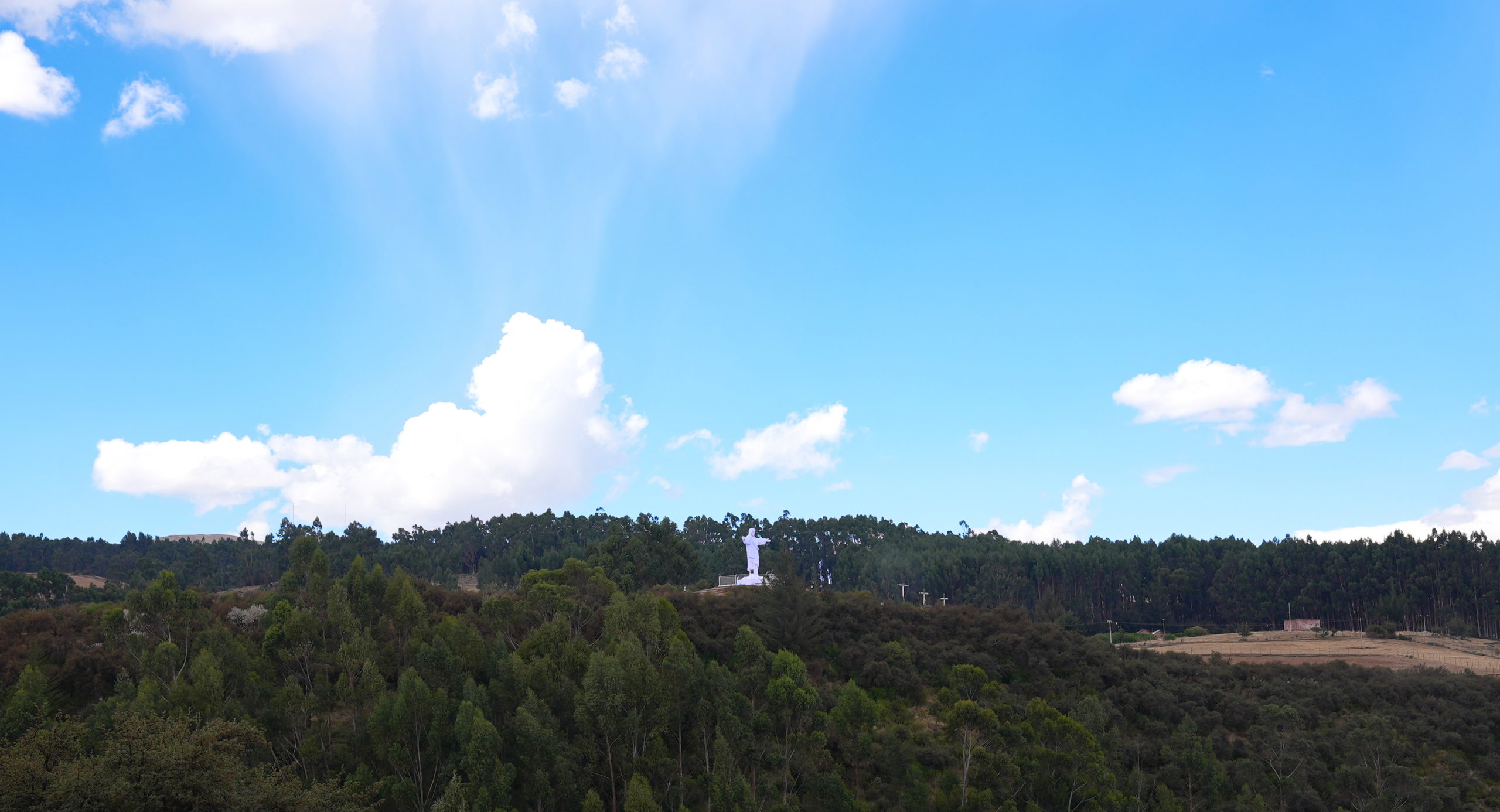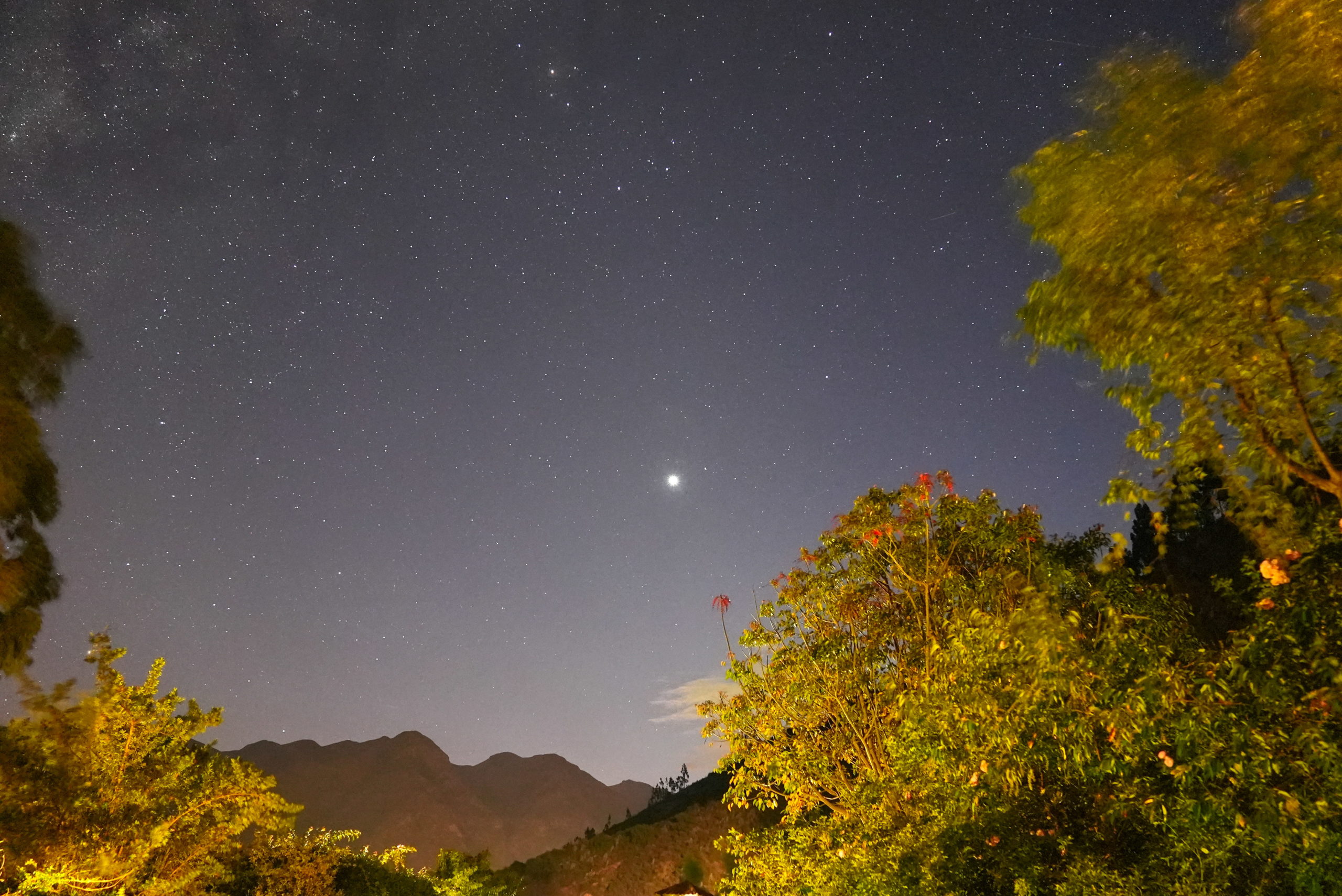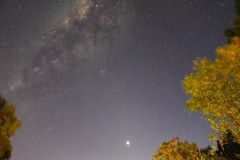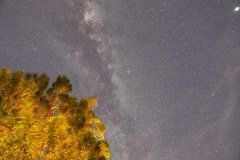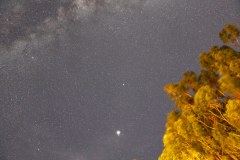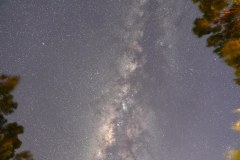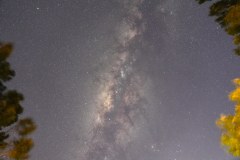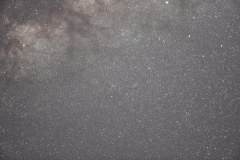The Inca Empire, also known as the Incan Empire and the Inka Empire, and at the time known as the Realm of the Four Parts, was the largest empire in pre-Columbian America. The administrative, political, and military center of the empire was in the city of Cusco. The Inca civilization arose from the Peruvian highlands sometime in the early 13th century. The Spanish began the conquest of the Inca Empire in 1532 and its last stronghold was conquered in 1572.
The term Inka means “ruler” or “lord” in Quechua and was used to refer to the ruling class or the ruling family. The Incas were a very small percentage of the total population of the empire, probably numbering only 15,000 to 40,000, but ruling a population of around 10 million people. The Spanish adopted the term (transliterated as Inca in Spanish) as an ethnic term referring to all subjects of the empire rather than simply the ruling class. As such, the name Imperio inca (“Inca Empire”) referred to the nation that they encountered and subsequently conquered.
The Inca had no written language, so what we know of their life comes from Spanish sources and from interpretations and conjectures regarding ruins (many of which were destroyed when local populations reused the rocks and stones).
Puka Pukara
Our first site is Puka Pukara. If you read the wikipedia page, you will find no useful information regarding its history or usage.
The signage states that Puka Pukara means “Red Fortress.” However, we doubt that this bridge and its Cerrado – Closed crossbar was an effective deterrent against invaders.
Part of the reason that folks conjecture that this place was a fortress is that the rocks are, in general, not organized by size or shape. This might indicate that the structure served no royal purpose or that it was built quickly. It also might indicate that we have no good idea, since everyone who knew about such things died centuries ago.
Another reason to suspect Puka Pukara had a military purpose is that it was built with a view to the surrounding countryside. However, it should be noted that most buildings are constructed with a view to the surrounding countryside, so there is that.
In another direction we see parcels of land that have been coarsely plowed, and a section left unplowed and currently occupied by a flock of sheep. This has nothing to do with Puka Pukara except to show where the “red” part of the name might have come from.
Puka Pukara includes this area, which seems to have no function other than a rock quarry.
And so, everything we’ve shown you is as true as you’ll find anywhere else on the Internet. In fact, if you visit the site CuscoPeru.com, they state, “Las informaciones tradicionales indican que, cuando el inca se disponía a visitar los Baños de Tambomachay, la formidable comitiva de soldados, bailarines y otros se quedaban en Pukapukara que era cuartel y tambo. De la chincana existente en el lugar se cuenta que comunicaba precisamente con Tambomachay, lo cual no está probado.”
You are welcome.
Tambomachay
The next stop on our Inca adventure is Tambomachay. Atlas Obscura says, “An Inca spa, military outpost, or maybe…both?” The Wikipedia page throws in, ‘it could have also served a religious function,” because, why not?
This gateway does not have a bar to impede entrance, so we suspect Tambomachay did not serve a military purpose.
Our driver informs us that these vendors sell inferior products, so we do not engage their services. But, I digress. Onward.
It is hypothesized that the way the boulders fit together indicate the importance of a structure. You can see that the larger boulders seem to have been selected to fit some pattern, while the smaller boulders seem to be more randomly selected.
A wider view shows different patterns for different parts of the structure. And that’s all we really know.
You can see in this photograph that there appears to be different boulders in different parts of the structure. What does that indicate? Perhaps it is just a design choice.
This is a composite photograph of the entire complex. What could it have been? I’m guessing that it was a graduate student’s dissertation project. Prove me wrong. ?
Sacsayhuamán
It’s my birthday today, and I had hoped to spend it at Lake Titicaca, for obvious reasons. Sadly, it would have taken one full day of travel each way and we do not have that much time to spare. So, instead, we are here, with this sexy woman.
Sacsayhuamán, pronounced somewhat like “sexy woman”, has a bit more history behind it, chiefly because the Spanish engaged the Incas in a military operation and recorded it. (Spoiler alert: the Incas did not prevail.)
Sacsayhuamán is built on a hill above Cusco, with the expressed function of protecting it.
Although ancient Egyptians might say, “You call those boulders? Why, in my day…”, these are pretty massive boulders for Incas. And you can see that those large rocks hang together very nicely.
There is good evidence that Sacsayhuamán was constructed specifically for military purposes. This would indicate the boulders being carefully fitted together did not need a religious or regal reason.
I have to get back pretty far and then stitch the photographs together to show how big it is.
Standing in front of Sacsayhuamán’s walls and looking back across the field, we can see this mound which they won’t allow us to climb.
And to the left of the mound (as we face it) is yet another mound, which we also are not allow to climb.
One of the final battles of the Spanish and the Incas took place on these killing grounds. We’ve read that the Incas were well prepared; however, they had no experience fighting against a massed cavalry attack, and that was a turning point.
After the Spanish victory, it is recorded that much of Sacsayhuamán was disassembled and taken down the hill to build structures in Cusco.
What now remains of Sacsayhuamán is a mere shadow of its former magnificence.
Oh, yeah. See the white statue on the hilltop on the left?
To add insult to injury, someone decided it was a good idea to have a statue representing the Spanish God, Jesus, on a hilltop right next to Sacsayhuamán, and slightly higher. Don’t want God feeling like He’s number two, amiright?
And, look again at the photograph of Cusco. There are A LOT of hillsides that could have accommodated an idol. What were they thinking?
The Stars at Night
Yes, we have lost any connection we might have had with the great Inca Empire. A pity for us.
Still, we share the same sky, and I’m sure they looked up at night with the same wonder as we do.
As as we look to the night sky, we marvel that almost every tiny point of light is a galaxy containing about 2,000,000 stars, and some of those stars must have planets, and some of those planets must have intelligent life. And, although we can respect the brave and industrious people who built these structures of rock, the Spanish forces that battled them, the resilient peoples who then co-existed, making the best of their circumstances…let us remember that we are but tiny specks in a vast universe, and we can do much, much better than this if we but have the will.
Okay, then.
Join us next time when we explore Machu Picchu, famous for NOT being destroyed by the Spanish!

